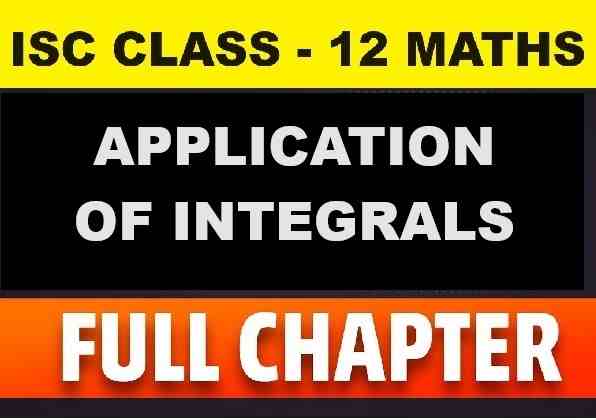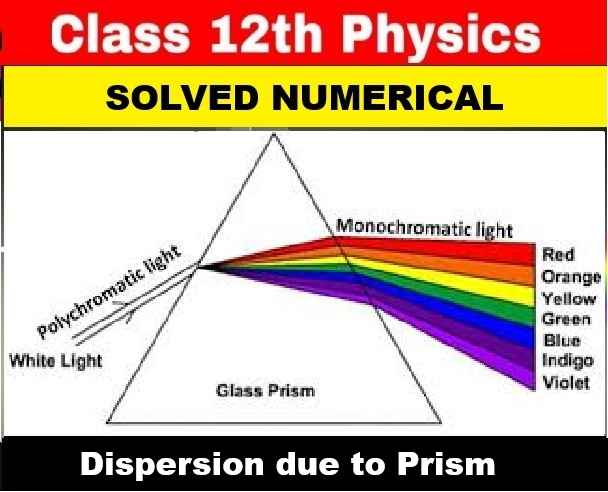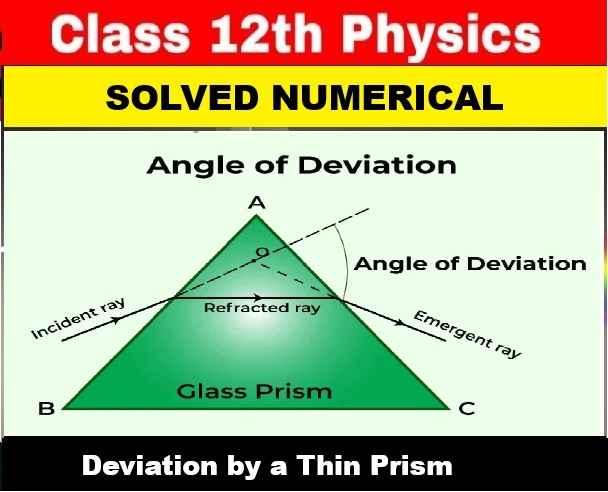ML Aggarwal Applications of Integrals ISC Class-12 Maths Solutions Chapter-3 Section-B. Step by step Solutions of ML Aggarwal ISC Class 12 Mathematics for Exercise Questions with Chapter Test. Visit official Website CISCE for detail information about ISC Board Class-12 Mathematics.

ML Aggarwal Applications of Integrals ISC Class-12 Maths Solutions Chapter-3 Section-B
| Board | ISC |
| Class | 12 |
| Subject | Mathematics |
| Chapter-3 | Applications of Integrals |
| Session | 2024-25 |
| Topics | Solutions of ML Aggarwal |
Applications of Integrals
ML Aggarwal Applications of Integrals ISC Class-12 Maths Solutions Chapter-3 Section-B
Introduction: In geometry, we have learnt formulae to calculate areas of various geometrical figures including triangles, rectangles, trapezias and circles. Such formulae are fundamental in the applications of mathematics to many real life problems. The formulae of elementary geometry allow us to calculate areas of many simple figures. However, they are inadequate for calculating the areas enclosed by curves. For that we shall need some concepts of Integral Calculus.
Area under Simple Curves
In the previous chapter, we have studied definite integral as the limit of a sum and how to evaluate definite integral using Fundamental Theorem of Calculus. Now,
we consider the easy and intuitive way of finding the area bounded by the curve y = f (x), x-axis and the ordinates x = a and x = b. we can think of area
under the curve as composed of large number of very thin vertical strips. Consider an arbitrary strip of height y and width dx, then dA (area of the elementary strip)= ydx, where, y = f(x)
This area is called the elementary area which is located at an arbitrary position within the region which is specified by some value of x between a and b.
Area between Two Curves
Intuitively, true in the sense of Leibnitz, integration is the act of calculating the area by cutting the region into a large number of small strips of elementary area and then adding up these elementary areas. Suppose we are given two curves represented by y = f (x), y = g (x), where f (x) ≥ g(x) in [a, b]. Here the points of intersection of these two curves are given by x = a and x = b obtained by taking common values of y from the given equation of two curves.
Exercise – 3.1
ML Aggarwal ISC Class-12 Maths Solutions
Exercise – 3.2
Applications of Integrals ISC Class-12 Maths Solutions Chapter-3 Section-B
Chapter Test
Applications of Integrals ISC Class-12 Maths Solutions
-: End of ML Aggarwal Applications of Integrals ISC Class-12 Maths Solutions Chapter-3 Section-B :-
Return to :- ML Aggarwal ISC Class 12 Maths Vol-2 Solutions
Thanks
Please share with your friends



I can’t see answers of none of the chapters of Mathematics… Please Help
now full chapter showing now please visit again